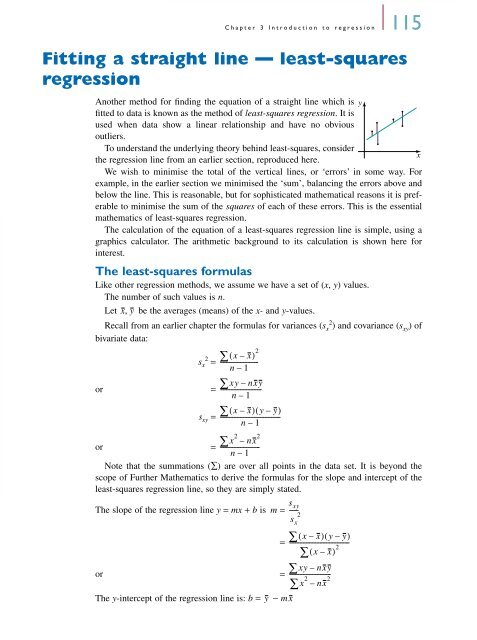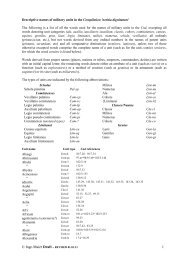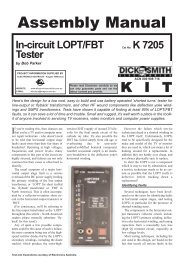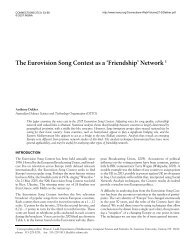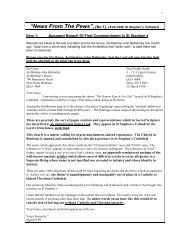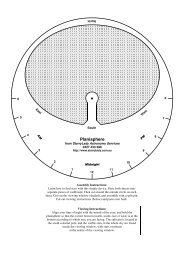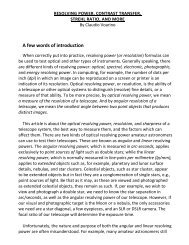Introduction to regression
Introduction to regression
Introduction to regression
Create successful ePaper yourself
Turn your PDF publications into a flip-book with our unique Google optimized e-Paper software.
Chapter 3 <strong>Introduction</strong> <strong>to</strong> <strong>regression</strong> 115<br />
Fitting a straight line — least-squares<br />
<strong>regression</strong><br />
Another method for finding the equation of a straight line which is y<br />
fitted <strong>to</strong> data is known as the method of least-squares <strong>regression</strong>. It is<br />
used when data show a linear relationship and have no obvious<br />
outliers.<br />
To understand the underlying theory behind least-squares, consider<br />
x<br />
the <strong>regression</strong> line from an earlier section, reproduced here.<br />
We wish <strong>to</strong> minimise the <strong>to</strong>tal of the vertical lines, or ‘errors’ in some way. For<br />
example, in the earlier section we minimised the ‘sum’, balancing the errors above and<br />
below the line. This is reasonable, but for sophisticated mathematical reasons it is preferable<br />
<strong>to</strong> minimise the sum of the squares of each of these errors. This is the essential<br />
mathematics of least-squares <strong>regression</strong>.<br />
The calculation of the equation of a least-squares <strong>regression</strong> line is simple, using a<br />
graphics calcula<strong>to</strong>r. The arithmetic background <strong>to</strong> its calculation is shown here for<br />
interest.<br />
The least-squares formulas<br />
Like other <strong>regression</strong> methods, we assume we have a set of (x, y) values.<br />
The number of such values is n.<br />
Let x, y be the averages (means) of the x- and y-values.<br />
2 Recall from an earlier chapter the formulas for variances (sx ) and covariance (sxy) of<br />
bivariate data:<br />
2<br />
2 ( x – x)<br />
sx = ------------------------ ∑<br />
n – 1<br />
or = ∑ xy–<br />
nxy<br />
------------------------n<br />
– 1<br />
( x – x)<br />
( y– y)<br />
sxy = ∑------------------------------------- n – 1<br />
x<br />
or =<br />
Note that the summations (∑) are over all points in the data set. It is beyond the<br />
scope of Further Mathematics <strong>to</strong> derive the formulas for the slope and intercept of the<br />
least-squares <strong>regression</strong> line, so they are simply stated.<br />
2<br />
∑ nx 2<br />
–<br />
-----------------------n<br />
– 1<br />
sxy 2<br />
sx The slope of the <strong>regression</strong> line y = mx + b is m = ------<br />
∑<br />
∑<br />
∑<br />
( x – x)<br />
( y– y)<br />
=<br />
( x – x)<br />
2<br />
--------------------------------------<br />
xy – nxy<br />
or =<br />
x<br />
The y-intercept of the <strong>regression</strong> line is: b = − m<br />
2 nx 2<br />
--------------------------<br />
∑ –<br />
y x


